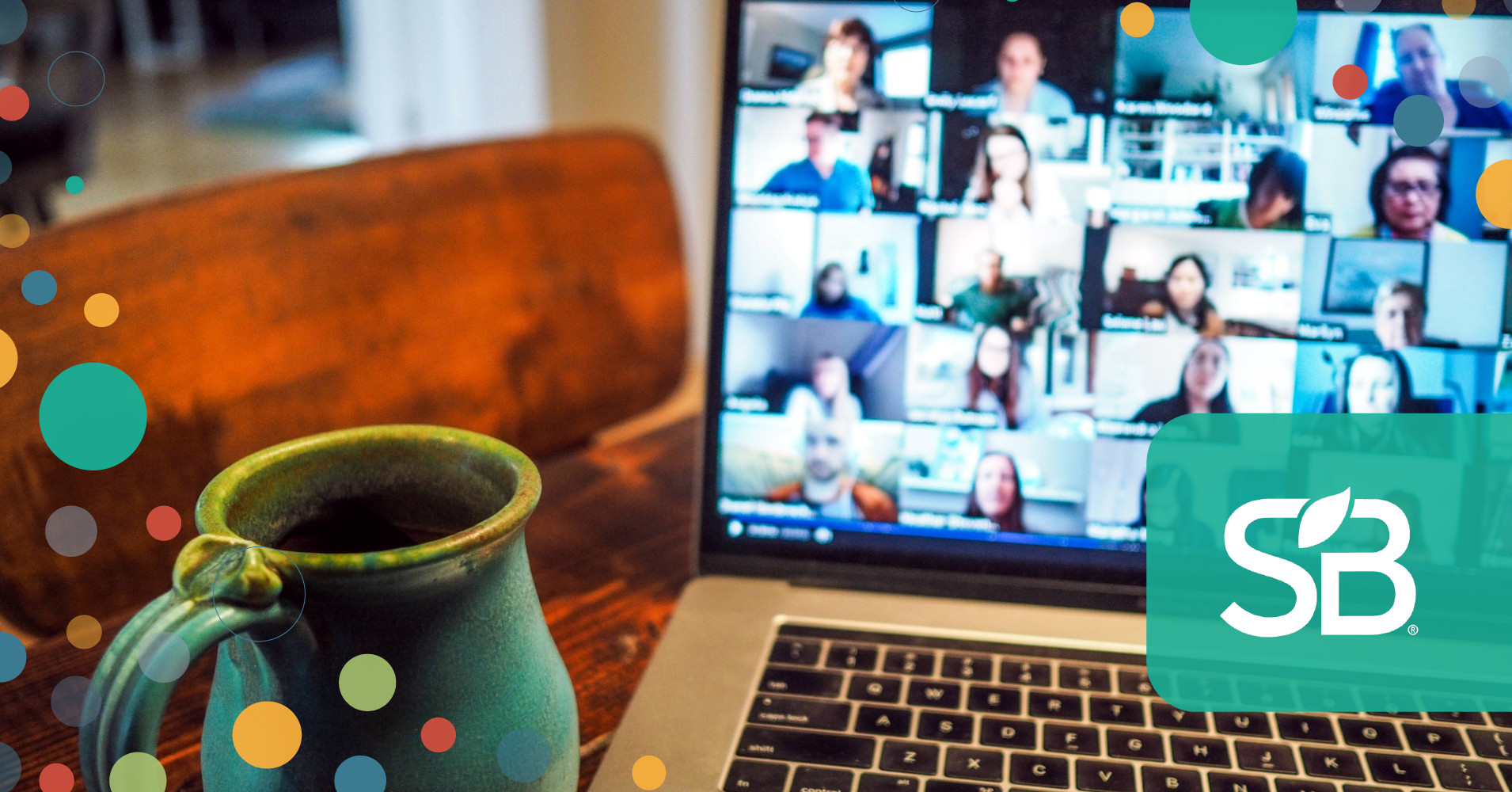Are craft cocktails, a high-end golf simulator, outdoor mingling spaces and
other resort-style amenities enough to lure knowledge workers back to the
office?
Maybe not, judging by the comments on a recent New York Times article
heralding the “hotelification” of
offices.
A representative sample: “Sounds great, but my commute to the office is like
something from a Mad Max movie. No thanks. I’m old enough, and valuable
enough, to get away with remote work. I’m not going back to an office.”
That lines up with an earlier data
dive
proclaiming, “workplaces have reached a new hybrid-work status quo” and what
human resource teams are saying: The push by many companies to get everyone back
to the office is leading to a talent
drain.
Some companies are trying to lure people back to work; others are commanding a
return to the office. But many employees are just not having it.
Looking to understand how the shift to permanent hybrid work is affecting
workplace culture — especially at purpose-driven companies, which tend to prize
employee engagement — I asked a pair of B
Corp-certified corporate
culture and wellness consultants about what they’re seeing inside companies and
what works to maintain esprit de corps. They identified approaches to forging
a hybrid work culture that can enhance both productivity and the ability to
attract, nurture and retain talent.
Purpose-driven companies face a higher bar
“The challenge with hybrid or remote work is that culture elements are reduced
to a two-dimensional experience or appearance,” said Flip
Brown, principal of Business Culture
Consultants — and support networks,
mentoring and other informal relationships that form the glue of team cohesion
are particularly affected. “Hybrid work requires a different approach to group
and team dynamics.”
Figuring this out is particularly high-stakes for purpose-driven companies,
which sometimes face outsized expectations.
“One of the unique challenges of mission-driven companies is mission
intoxication: The work we’re doing is so important that if you question anything
I’m doing you just don’t understand,” Brown said. “People sometimes are attached
to B Corps because they don’t want to work for ‘the man.’ They have expectations
about unmet emotional needs that no employer can meet or should be responsible
for meeting. A purpose-driven company needs a compassionate, caring, nurturing
environment; but hopefully there’s creative conflict, rather than negative
conflict or everyone focusing on being nice all the time.”
Striking that balance may be impossible without some chance to connect with
people in real life.
“If you have a fully remote or hybrid team, you should budget for getting
everyone together four times a year,” Brown added. “Otherwise, you hear, ‘I’ve
been talking to this person for months and never really felt like I knew who
they were.’”
Fresh thinking about work practices and benefits
Narrative Food’s coffee-break-in-a-box | Image credit: Hannah Hoggatt at
aitches.co
Making hybrid work work often means reimagining everyday practices, as well —
for example, meeting norms: The pandemic-driven mass shift to videoconferencing
compressed what would normally have been a much longer period of adaptation, and
Brown sees a need to thoughtfully reset.
“With any meeting, particularly those that are regular or ongoing, what are your
assumptions and agreements? There’s the plus and minus of having simultaneous
chats; you can share valuable information, but it also can be an incredible
distraction. Then there’s the challenge of, ‘Do I need to look like I’m applying
full attention to everything all the time in online meetings?’ That brings its
own kind of stress. There are times that phone meetings can work better because
you don’t have the pressure. We need to look at all these factors.”
Food is often overlooked, too, Brown adds: “Good food has emotion attached to
it. Even bad food does. Food that brings its own values into the equation and is
thoughtful in both its procurement and stories can create a positive emotional
experience for employees.”
He’s speaking Narrative Food’s language here. We
designed our new coffee-break-in-a-box subscription service to increase
wellbeing and connection for remote and hybrid teams — sourcing a selection of
small-batch, organic, and earth-friendly beverages and snacks that is customized
for individual preferences.
“What my clients are struggling with the most right now is that employees feel
very separate in terms of the care or the attention that they’re given,” said
Maryam Sharifzadeh, founder of
corporate wellness service ZaaS. Food, again, can be a
connector: She’s organized cooking demos where everyone on a hybrid team was
following along, at home or in the office, and felt like they were all having
the same experience.
It boils down to paying attention to the day-to-day, Brown said.
“Companies waste a lot of money on research and retreats in hopes that
information will change human behavior. It doesn’t. If it did, no one would
smoke cigarettes. Understand which patterns aid your values and objectives and
which don’t aid them, and practice new patterns.”
Building a healthy hybrid culture is work — and it needs to be supported
Sharifzadeh sees hybrid work as a chance to rethink all aspects of corporate
culture-building.
“Because it’s so new, we just have to go through this process of trial and
error. Everyone wants a quick solution,” she said, but noted that 9-to-5 on-site
was a contested concept for years before becoming the established standard in
the World War II era — and now, it’s an unquestioned reality. “That’s just what
people did. And even when it wasn’t working, we were still doing it. So, now
we’re going through the growing pains of — hybrid is what people want, but how
do we do it in a way that works?”
Figuring that out requires effort and resources. With wellness programs, for
example, “inclusivity is a primary value, and achieving it is double the work in
a hybrid culture,” Sharifzadeh said. “We need to design a program where everyone
feels like they’re cared for and no one is left out. You’re not just creating
one program; you’re creating two — and you’re trying to blend them together.”
Brown sets the table for hybrid culture building this way: “My hunch is, you
have a line-item budget for technology. What is your line-item budget for
supporting, nurturing and growing your employees? Would you rather have a really
crack team that can identify and solve any problem, or the most advanced
technology and a dysfunctional team?”



